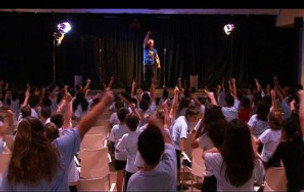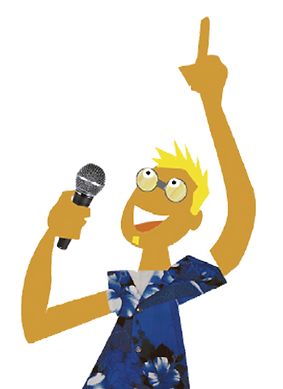Founder Daniel Griffin´s article from Oxford Primary Magazine (Spain)


Music + Motion = Meaning
Music is much more than just a way to break up the routines of the ELT classroom. Songs are fun, physical, energetic and they can be ideal language texts. But how can we bridge the gap from the sheer joy of singing and dancing to language acquisition? First, remember that anything you can do with a text, you can do with a song. But, in addition to being exploited in all the ways a “regular” text can, songs also give us some unique ways to stimulate language acquisition, many involving TPR (Total Physical Response).
The key to making TPR pedagogically useful is to create gestures that dramatize as explicitly as possible the meaning of each line. Ideally, every line of every song should have a gesture based on the line´s meaning (as opposed to simple foot tapping or hand clapping). A well-designed gesture or bodily movement can give many clues about the meaning of a phrase. In fact, good gestures sketch out the “story” of song, allowing partial comprehension of new texts almost immediately making them a very powerful tool.
Even better, adding the right TPR to a song makes it easier to memorize; students typically memorize 100% of a song´s movements long before they achieve full comprehension of its meaning. This means they´ve memorized a series of very specific clues about what the song says.
Using TPR to transmit the meaning of a song has a few other benefits as well. For example, six months after teaching a song, you can pop in the CD, then sit back and enjoy as students remember not just the song, but the gestures, too. The mnemonic power of music and movement acts on long as well as short-term memory. Lastly, TPR reaches students with kinesthetic learning styles, while offering a constructive way to help burn off excess energy students often have.
Thoughtful use of TPR means songs will be easier to comprehend, easier to memorize–and a lot more fun to do in class!
